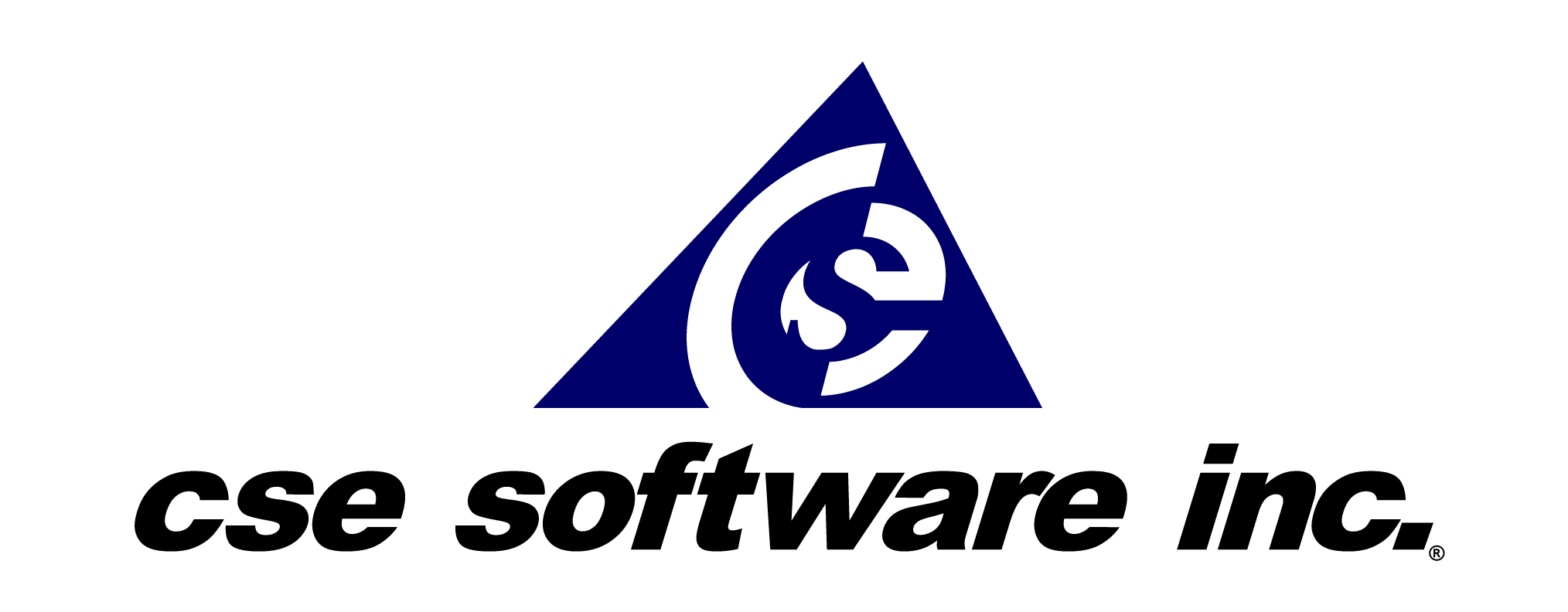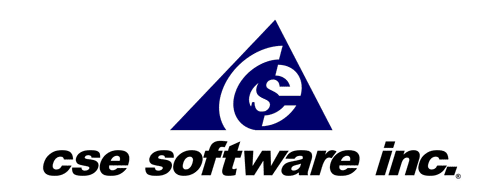Selecting the right software solution is a critical decision for any business. Whether it’s off-the-shelf (or SaaS) software or custom software development, the choice impacts your operations, scalability, security, and bottom line. The wrong software approach can hinder growth, stifle innovation, and create long-term inefficiencies.
While off-the-shelf software offers a fast, cost-effective solution for common needs, custom software development provides tailored functionality, complete ownership, and the ability to scale with your business. As businesses grow and face unique challenges, many are turning to custom software to meet their goals and gain a competitive edge.
What Is the Difference Between Custom Software and Off-the-shelf Software?
Off-the-shelf software is a pre-built, subscription-based software model designed for a broad audience. Off-the-shelf or SaaS applications like Quickbooks, Slack, Shopify, and SurveyMonkey provide quick deployment and affordability. However, their standardized features often limit customization and control.
Custom software, on the other hand, is tailored to a business’s specific processes and needs. It offers complete ownership and flexibility but requires a higher upfront investment and longer development timelines. Unlike off-the-shelf software, custom software aligns seamlessly with unique workflows, enabling businesses to innovate and scale without limitations.
Pros and Cons of Off-the-shelf software
Pros of Off-the-shelf software
- Fast Deployment: off-the-shelf applications are plug-and-play, allowing for immediate use without lengthy setup.
- Cost-Effective: Low upfront costs make off-the-shelf software attractive for businesses with limited budgets.
- Easy Maintenance: Updates and upgrades are managed by the vendor, reducing IT burdens.
- Scalability: off-the-shelf software easily adjusts to fluctuating team sizes with user-based subscriptions.
Cons of Off-the-shelf software
- Limited Customization: Standardized features may not meet unique business needs.
- Vendor Lock-in: Switching providers can be costly and time-consuming, leading to reliance on one vendor.
- Security Risks: Sensitive data is reliant on the vendor’s security protocols, posing compliance risks in regulated industries.
- Long-Term Costs: Recurring subscription fees accumulate, often exceeding the cost of custom solutions over time.
Pros and Cons of Custom Software
Pros of Custom Software
- Full Customization: Solutions are built to align with business processes and goals.
- Ownership and Control: Businesses retain full ownership, ensuring control over features, data, and integrations.
- Scalability: Custom software adapts to growth and evolving needs without requiring replacement.
- Security: Tailored security protocols meet industry-specific compliance standards, ensuring maximum data protection.
- Competitive Edge: Unique features provide a distinct advantage over competitors using off-the-shelf tools.
Cons of Custom Software
- Higher Upfront Costs: Custom development requires significant initial investment.
- Longer Development Time: Building a tailored solution can take months or longer.
- Maintenance Responsibility: Ongoing updates and troubleshooting require dedicated resources.
Why Are Companies Moving from Off-the-shelf to Custom Software
As businesses grow, off-the-shelf solutions often fail to meet their increasing demands. Standardized features may hinder unique workflows, while recurring costs escalate with expansion. Many companies also face challenges with vendor lock-in, integration limitations, and compliance risks, prompting a shift toward custom development.
Custom software provides a long-term, scalable solution tailored to business-specific needs. It eliminates reliance on third-party providers, offers robust security measures, and allows for seamless integration with existing tools. By investing in custom solutions, businesses future-proof their operations and position themselves for sustained growth.
How to Achieve Your Goals with the Right Software
Choosing the right software approach depends on your business’s needs, goals, and vision for the future. If your processes are standard and budget constraints are significant, off-the-shelf can be a practical short-term solution. However, for businesses seeking long-term scalability, innovation, and control, custom software is the superior choice.
Steps to Achieve Your Goals with Custom Software:
- Identify Unique Needs: Determine the specific challenges and workflows a custom solution must address.
- Partner with Experts: Work with a reliable development team like CSE Software to create tailored, scalable software.
- Plan for Growth: Ensure the software can adapt to your business’s future needs.
- Calculate ROI: Consider the long-term savings and competitive advantages of custom ownership over recurring SaaS fees.
While off-the-shelf software offers convenience, its limitations often make it a stepping stone rather than a final solution. Custom software development, though initially more demanding, delivers unparalleled flexibility, control, and scalability, making it the ideal choice for businesses focused on growth and innovation.
By investing in a tailored solution, your business gains the tools to optimize operations, protect sensitive data, and stand out in the marketplace. Take the leap toward custom software to empower your business and achieve long-term success.
Get in touch with our team today for a discovery call regarding your needs for custom software. Our team of experts stands ready to offer tailored solutions that align with your business objectives, enabling you to unlock the potential of custom software. Contact our solutions team today to take the step towards a more efficient and future ready business.
Software solutions and support that help you grow and safeguard everything you’ve worked so hard to build. Let CSE Software be your trusted guide and partner.






